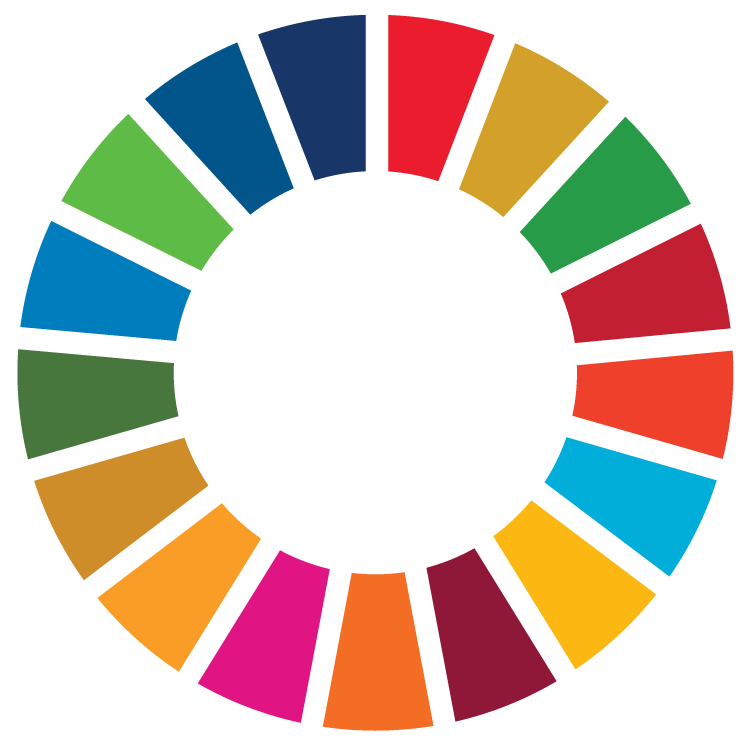Text traduït
Aquesta assignatura s'imparteix en anglès. El pla docent en català és una traducció de l'anglès.
La traducció al català està actualitzada i és equivalent a l'original.
Si ho prefereixes, consulta la traducció!
Texto traducido
Esta asignatura se imparte en inglés. El plan docente en español es una traducción del inglés.
La traducción al español está actualizada y es equivalente al original.
Si lo prefieres, ¡consulta la traducción!
Original text
This subject is taught in English. The course guide was originally written in English.
Course
Physical Education and Sports Sciences
Subject
Physical Activity and Health Programmes
Type
Compulsory (CO)
Academic year
3
Credits
6.0
Semester
2nd
| Group | Language of instruction | Teachers |
|---|---|---|
| G11, classroom instruction, mornings | English | Alba Solera Sánchez |
| Anna Maria Señé Mir | ||
| Clara Teixidor Batlle | ||
| G12, classroom instruction, mornings | English | Anna Maria Puig Ribera |
| Alba Solera Sánchez | ||
| Anna Maria Señé Mir | ||
| Clara Teixidor Batlle |
Sustainable Development Goals (SDG)

- 3. Good health and well-being
- 4. Quality education
Objectives
The subject will highlight the preventive and therapeutic value of the regular practice of physical activity. Skills will be developed to enable CAFE students to plan physical activity programs to improve the health and well-being of physically inactive and/or sedentary people. The subject pursues the following objectives:
- Know the relationship between sedentary lifestyle, physical inactivity and health.
- Know the roles of Physical Education and Sports Sciences degree holders in the area of Physical Activity and Health.
- Know the characteristics of the different healthy physical activity programs.
- Learn about healthy physical activity recommendations for children, teenagers, adults and the elderly.
- Learn how to design individual physical activity and exercise programmes to improve people's health.
Learning outcomes
Under review. Pending publication
Content
- Relationship between physical activity and public health
- Definition of concepts: Physical activity, physical exercise, sport, and sedentary lifestyle
- Role of physical activity in public health
- Determinants of physical activity
- Evolution towards a sedentary society
- Function of the Physical Education and Sports Sciences degree holders in the areas of physical activity and public health
- Current recommendations for healthy physical activity for children and adolescents, adults and the elderly (dose-response relationship)
- Differences between physical activity programming to improve athletic performance and physical activity programming to improve health
- Healthy physical activity programs for healthy people
- Physical activity programming models for health
- Active lifestyle
- Structured physical exercise program
- Physical activity programming models for health
- Prescription and planning of physical activity programs
- FITT concept
- Basic principles of physical activity programs
- Components of the preliminary report
- Medical history and health screening techniques
- Objective and subjective measures of physical activity
- Measurements of health parameters
- Aptitude for the practice of physical activity: PAR-Q and PARmed-Q+
- Psychological techniques to create adherence to the regular practice of physical activity
- Active lifestyle programs
- Individual
- Structured physical exercise program
- Cardiovascular endurance
- Muscular strength and endurance
- Flexibility
- Balance and proprioception
- Fitness tests: Cardiovascular endurance, strength, flexibility, and balance
Evaluation
- The evaluation of the process will be carried out through compulsory attendance at the tutoring sessions and the delivery of the various tasks proposed to work on the contents of the theoretical sessions (10% of the grade).
- The evaluation of the results will be carried out through the presentation of a written work at the end of the course (45% of the grade), the exhibition of the work through a oral presentation in class with co-assessment by classmates (15% of the grade), the realisation of a theoretical test (30% of the grade).
Notes
- Theoretical exam: A minimum grade of 5 (out of 10) must be obtained to pass the theoretical exam. In the event of retaking an exam, you will only be able to access a maximum grade of 5.
- Written work: In the event of recovery of the written work, only a maximum mark of 5 may be obtained.
Methodology
- The class sessions they will be used to expose basic theoretical content and analyse research documents (in English) related to healthy physical activity programming.
- The directed work sessions will be used to study and analyse specific cases with the aim of transferring theoretical knowledge to real situations. Tutorials will be held in small groups on the cases presented by the students themselves, as well as oral presentations on the physical activity programs that the students will have proposed for each real case.
- The tutoring sessions will serve to tutor and monitor individually the work that the students will have to present at the end of the year. The work will consist of planning an individualised program of healthy physical activity for a real case of their immediate environment.
Bibliography
Key references
- American College of Sports Medicine (ACSM) (2017). ACSM´s Guidelines for Exercise Testing and Prescription (10 ed.). Wolters Kluwer.
- Dishman, RK., Heath, GW., Lee, I-M. (2013). Physical activity epidemiology. Human Kinetics.
- Kohl, HW., Murray, TD. (2012). Foundations of physical activity and public health. Human Kinetics.
- Nyman, S., Barker, A., Haines, T., Horton, K., Musselwhite, C., Peeters, G., Victor, C., Wolff, J. (2018). The Palgrave handbook of ageing and physical activity promotion. Retrieved from http://eds.a.ebscohost.com.biblioremot.uvic.cat/eds/ebookviewer/ebook/bmxlYmtfXzE3NDM3ODFfX0FO0?sid=da3a5e59-6ca5-46bf-bb2f-84efe2aed76b@sessionmgr400
- Puig Ribera, AM., Rusiñol, J. (2018). Mou-te! La revolució de seure menys des de petits. Eumo Editorial.
Further reading
Teachers will provide complementary bibliography and compulsory reading throughout the course via the Virtual Campus.